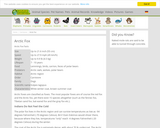
Animal fact sheet
- Subject:
- Life Science
- Zoology
- Material Type:
- Reading
- Date Added:
- 10/30/2018

Animal fact sheet
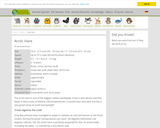
Animal fact sheet
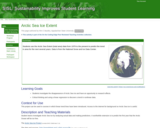
Student teams investigate Arctic Sea Ice by analyzing actual data and making predictions. A worthwhile extension is to predict the first year that the Arctic Ocean will be ice free.
(Note: this resource was added to OER Commons as part of a batch upload of over 2,200 records. If you notice an issue with the quality of the metadata, please let us know by using the 'report' button and we will flag it for consideration.)

See the many birds that spend their summer in the Arctic in this video segment from Nature.
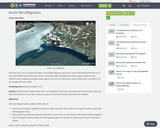
Arctic Tern MigrationThe Arctic tern (Sterna paradisaea) makes an incredible migration each year. These small birds travel distances of more than 50,000 miles, from pole to pole, crossing through temperate and tropical regions along the way. Scientist Carsten Egevang used geo-locator tags to track some of these terns, and he shares their story with us in this Google Earth tour video.Grade/Age level Grades 5-8 (ages 10-14)Activity: Students watch a video about Arctic Tern migration and answer the comprehension questions. After the video, the class will discuss their answers as a group. Extenstion dicussion questions are available.Objectives:After watching the video, students will be able to:Describe how scientists designed a study to answer a question about arctic terns’ migration patterns and how technology was used.Demonstrate an understanding of the migration of Arctic Terns and the factors that influenced their migration.Infer the impact that the findings of these migration patterns may have on other areas of science and future studies.Image Credit: Tim Bowman, BioLib.cz. Public Domain.
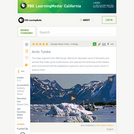
This video segment from Wild Europe: "Wild Arctic" explores the struggle for survival in one of Earth's most extreme environments.
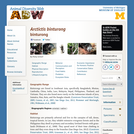
Arctictis binturong: Information
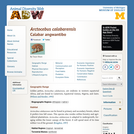
Arctocebus calabarensis: Information
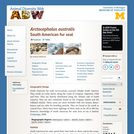
Arctocephalus australis: Information
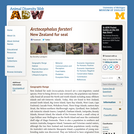
Arctocephalus forsteri: Information
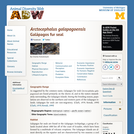
Arctocephalus galapagoensis: Information
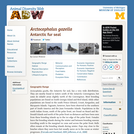
Arctocephalus gazella: Information
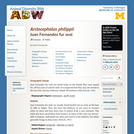
Arctocephalus philippii: Information
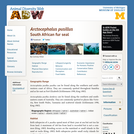
Arctocephalus pusillus: Information
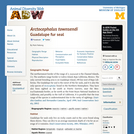
Arctocephalus townsendi: Information
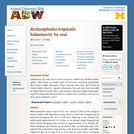
Arctocephalus tropicalis: Information
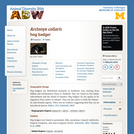
Arctonyx collaris: Information
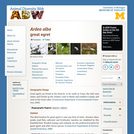
Ardea alba: Information
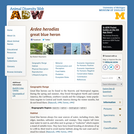
Ardea herodias: Information
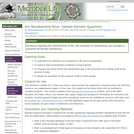
This example Socratic questioning page provides an outline for leading a classroom discussion regarding whether or not nanobacteria exist. Sample questions, resources for background information, and tips and assessment information are provided.